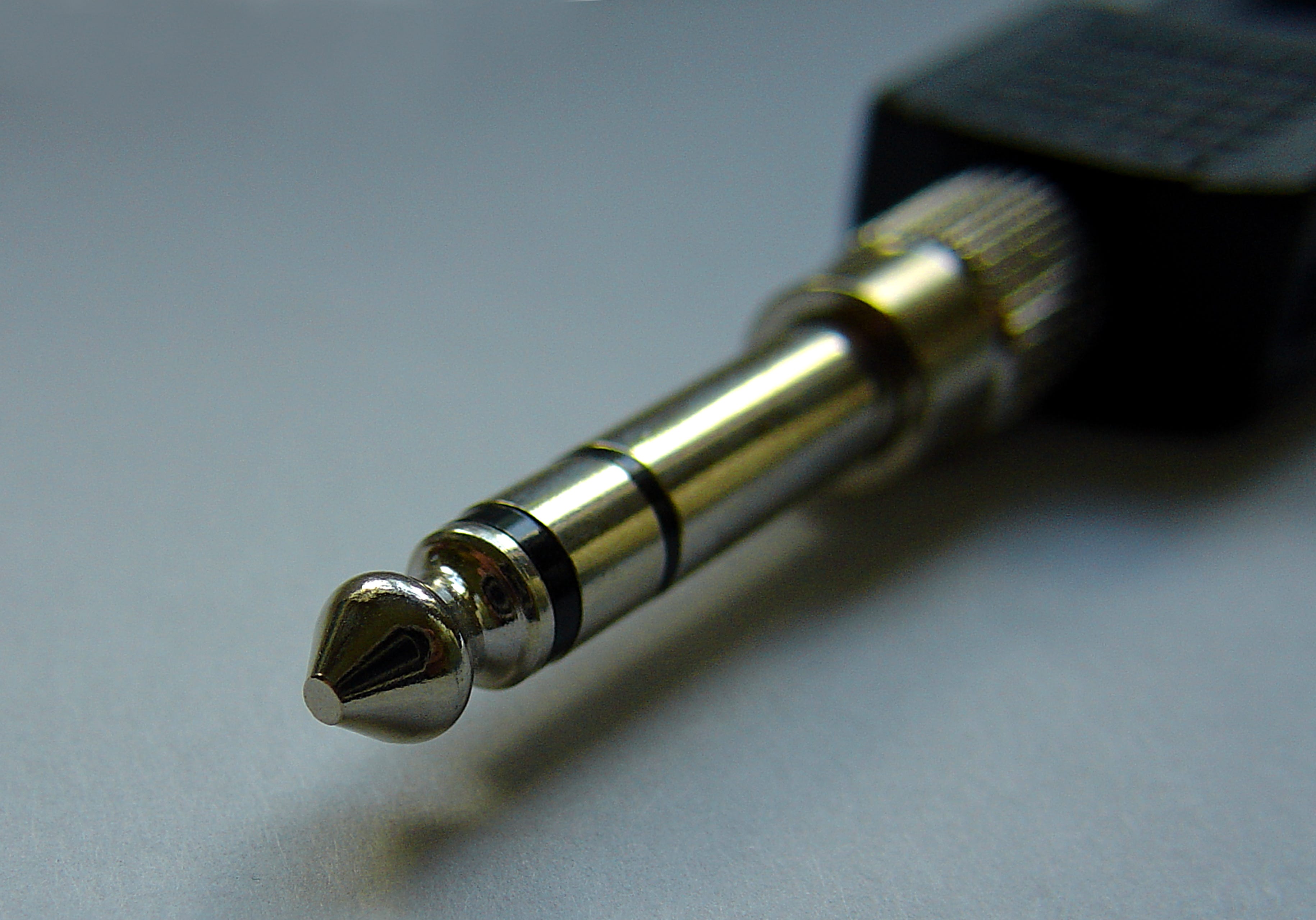
You may think that all audio cables used to connect your amplifiers and speakers are the same, and as long as you use a cable that connects to the right ports, you're in the clear -- think again. Not all cables are created the same, and using the right connection type can impact your audio quality depending on your hifi setup. There are two main types of connections when it comes to analog audio cables: balanced and unbalanced. It's important to understand the difference between balanced and unbalanced connections because each has its own advantages and disadvantages; having a balanced audio signal may improve the audio quality of your speaker system.
Balanced vs Unbalanced
So, what does a balanced signal mean anyway?
These terms have to do with noise levels in an audio signal. When an audio signal runs through a cable, it picks up noise from the environment along the way, and your speakers will play this noise along with the original signal. There is always some level of random radio frequency noise that will get picked up, but the amount of noise can increase from things like nearby electronic devices. Additionally, the audio signal will continue to pick up this noise as long as it runs through the cable, so longer cables will attract more noise than shorter ones.
An unbalanced cable has no defense against environmental noise. Unbalanced cable types include RCA, 3.5mm, and 1/4" tip sleeve or TS (only one small black ring on the connector). Most standard consumer gear uses unbalanced cables, as well as all guitar amps, and speaker cables.
A balanced cable uses additional technology in order to reduce environmental noise. It does so by duplicating the audio signal to create an identical signal in opposite polarity, or reversed waves. Then, each of the 2 signals picks up the same environmental noise. The duplicate signal is then flipped so that the 2 signals are identical, and the environmental noise cancels out. Balanced cable types include XLR and 1/4" tip ring sleeve or TRS (two small black rings on the connector). Professional and high-end audio gear typically supports balanced inputs, such as studio monitors.
Do I need balanced audio?
Although balanced audio is superior at reducing noise, for most applications it isn't required. Typically, if you're using cables shorter than 25 feet, the noise won't be very noticeable whether you're using balanced or unbalanced connections. Using balanced cables is important for long cables or some high end gear that requires a balanced connection.
To determine if you need to switch your cables, you should first identify the connection type you're using now. If you use RCA cables, or cables with red and white connectors, then you're using an unbalanced connection. If you use 1/4" cables, check the number of black rings you see on the connector. Connectors with only one ring are tip sleeve (unbalanced), and connectors with 2 are tip ring sleeve (balanced).
Next, check that your equipment uses balanced connections. Your gear may directly label the port as balanced, or you may have to look in the manual. If your gear doesn't support balanced connections, then using a balanced cable will still result in an unbalanced connection. If your gear does support balanced connections, it's a good idea to use balanced cables if you're dealing with cables longer than 25 feet. In addition to reducing noise, balanced connections are faster and more powerful. However, for most applications, the difference is negligible, so if you're not interested in re-cabling, there's no need to fret.






